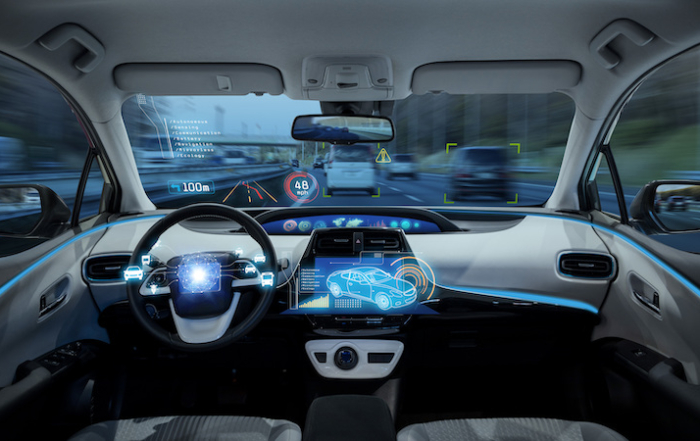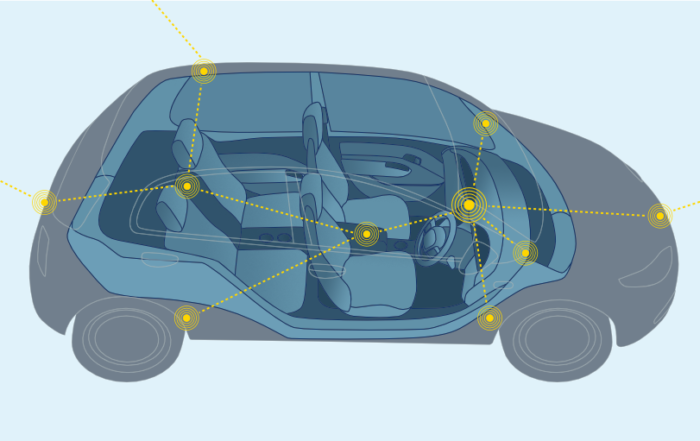“Software is the medium through which digitalisation is expressed. If you don’t understand software, you have no hope of coming up with a decent digitalisation strategy”
For the last years, I’ve been testing out the postulate that the higher you look inside an organisation the less understanding there is of software. In that time, I’ve encountered a fair amount of confirmation but mostly based on anecdotes or opinion. Recently I was involved in a project at a non-Dutch multinational that has provided me with first-hand evidence, not only of the reality of the postulate but also of its rather shocking scope.
Before we get into the details, it’s probably worth discussing why a lack of understanding of software at executive level is an issue. Simply put, as hardware has become increasingly powerful, cheap and commoditised, it is software that is becoming the more significant creator of value. And the thing with software is that it changes the business game. Perhaps the simplest example of how software is changing business is the shift from the right-to-own a product to the right-to-use it. Owning a product is a capital expense that implies investment and thus risk. Using it is an operating cost that comes out of the bottom line. Guess which one most businesses would prefer and, if you guessed rightly, you’ll understand why servitization business models are the next hot potato.

What we’re talking about here, of course, is digitalisation in general and Industry 4.0 in particular. You only need to read McKinsey, Deloitte or any of the other manic street preachers of business to realise that every company needs to be playing the digitalisation game or they won’t be a company for much longer. But here’s the thing: software is the medium through which digitalisation is expressed. If you don’t understand software, you have no hope of coming up with a decent digitalisation strategy. And who is it that sets the strategy for an organisation? Indeed, executive management.

The multinational-who-shall-not-be-named, to which I referred earlier, had got this message, which is a very good thing. They realised that a lack of understanding of software was getting in the way of business. Therefore, they instructed their training department to come up with a course aimed at educating their top 150 executives in software. In keeping with their national stereotype, the training department came up with a course that addressed EVERYTHING about software and software engineering. I got involved because, together with two colleagues, I was asked to review the course. For two days, 12 different instructors presented summaries of the material that they had included in the course, hundreds of slides in fact. I can tell you that, even though little of the material was new to me, at the conclusion of the review my head was fit to burst.
Our advice to them was straight forward: way too much information, way too much detail. Having paid for this advice, they took it and drastically simplified the content, to a degree that they felt that they’d left out essential information. Then they ran a pilot course for selected executives. In the words of the head of training, the results were disastrous: most of the executives very quickly got lost. When I spoke to him afterwards, he was disconsolate. He kept repeating that he couldn’t believe how little the target audience understood about software and how huge the gap is between what his audience actually knows and what they need to know.
In my experience, this is a common problem, one that needs to be addressed in order for a digitalization program to get off the ground, let alone be successful. Companies that are succeeding at digitalization have a number of things in common, one of which is that their program is supported by their top executives. These executives tend to be dyed-in-the-wool entrepreneurs. Individuals who are driven by a powerful vision, appreciate the challenges involved and accordingly build a team of capable people around them who understand the issues, including digital technologies and software. Often they are the CEO of a small-medium sized family business.
Larger organisations contemplating a digitalization program can learn from these lighthouse successes. They should make sure that their executives at least understand the software challenges involved and encourage them to put together a team of domain experts, including digital technology/software specialists.
Read also
An outbreak of hubris
Software is the medium of digitalisation. If you don’t understand software, you have no hope of coming up with a decent digitalisation strategy.
Software is not a component of a vehicle
Automotive OEMs have evolved to become highly efficient outsourcing and system integration organizations. Everything related to a vehicle is thought of as a component, including software. The whole automotive system engineering process treats software as a component of a vehicle. This prevents them thinking about the software as a whole system.
Abstraction versus Vagueness in Software Engineering
Some software engineering teams have a problem understanding the difference between abstraction and vagueness. Since one is essential to the architecture and design of complex systems and the other leads to technical debt and poor software quality, software teams must grok the difference.



